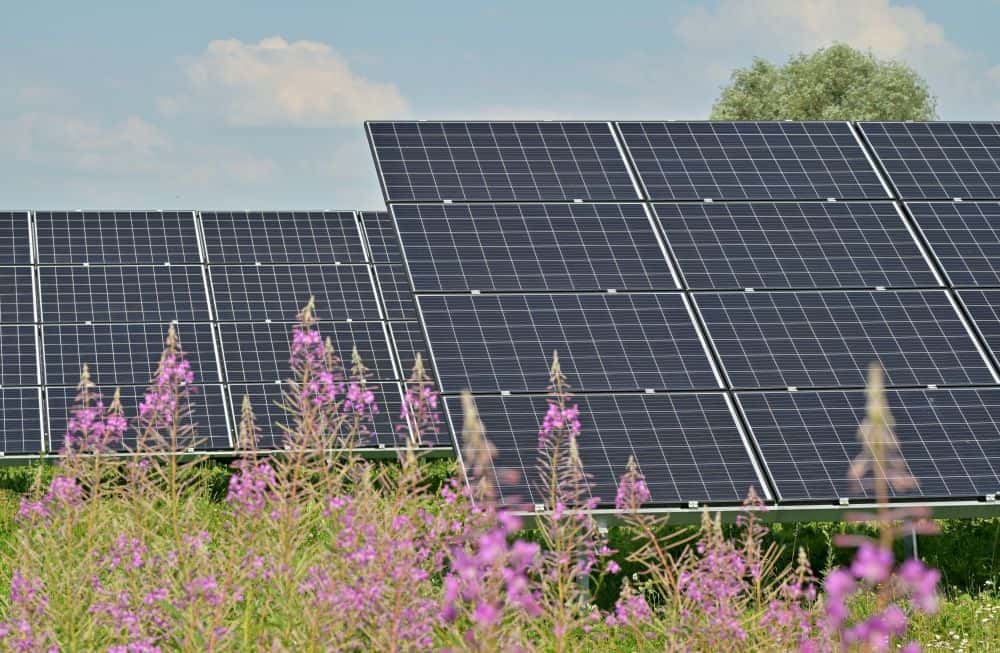
[Image above] Researchers in Australia found that using microwaves to anneal solar panels makes them easier to deconstruct at the end of their life. Credit: Andres Siimon, Unsplash
The humble microwave will be elevated to a high status this week in the meal plans of many U.S. families as they reheat leftovers from last week’s Thanksgiving feast.
Unlike conventional ovens, which cook food by transferring heat between objects via conduction, radiation, and convection mechanisms, microwave ovens expose food to electromagnetic radiation in the microwave frequency range. The radiation induces polar molecules in the food, such as water, to rotate and produce thermal energy in a process known as dielectric heating.
The use of dielectric rather than thermal heating mechanisms gives microwaves several advantages over conventional ovens, including a higher heating rate and more energy efficiency. These benefits, in addition to being much less expensive to buy, have made microwaves a permanent fixture in many U.S. homes.
Domestic settings are not the only area in which microwaves find application. Numerous papers, such as here, here, and here, have reported on the potential of microwaves in the industrial processing of semiconductors, to anneal the materials faster and more selectively.
Time and energy savings are not the only reasons that researchers find microwave annealing appealing. This processing method can also affect the final mechanical and electrical properties of a semiconductor device, as shown in a recent paper by researchers at Macquarie University and the University of New South Wales in Australia.
In the paper, they used modified kitchen microwaves to anneal the thin silicon layer in a solar panel. The microwave radiation selectively heated just the silicon and not the other materials around it.
The researchers identified several beneficial outcomes due to this selective heating. For example, because everything except the silicon remained at room temperature, chemical substances within the oven walls did not flake off, as they do in conventional thermal annealing.
As such, “there is less contamination,” says lead author Binesh Puthen Veettil, senior lecturer in the School of Engineering at Macquarie University, in a Macquarie press release.
More importantly, however, was the recycling benefit.
Solar panels feature a plastic (ethylene vinyl acetate) coating that protects the silicon plate from moisture and contamination. Unfortunately, this coating sticks to the toughened glass on top of the panel and is difficult to remove.
To remove the plastic, the whole panel is smashed, heat treated, and washed in harsh chemicals. This process not only devalues or destroys many of the materials that could be reused from the solar panel, but it is also expensive. As such, dumping solar panels in a landfill is often the more economical option.
In contrast, during microwave annealing, the microwave radiation softens the plastic. This softening allows the plastic to be peeled off mechanically without destroying the glass.
“If you can reuse the glass, the recycling will pay for itself,” says Veettil in a Cosmos article.
In the Macquarie press release, the researchers note that the microwave-annealed solar cells were also more efficient at converting sunlight to electricity than the conventionally annealed cells. The reason for this efficiency was not clear, however, so new experiments are underway to answer that question.
The paper, published in Applied Physics Letters, is “Microwave annealing of silicon solar cells” (DOI: 10.1063/5.0127896).
Author
Lisa McDonald
CTT Categories
- Energy
- Environment
- Glass


